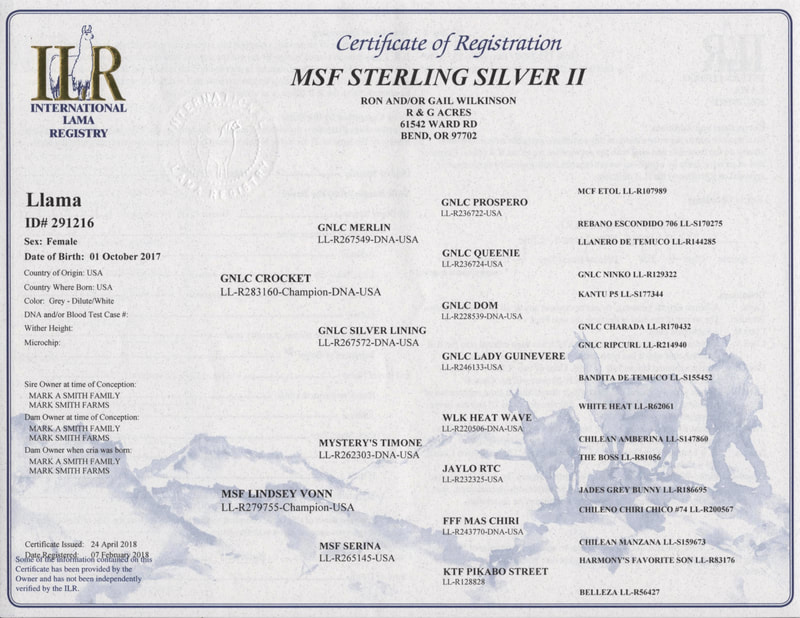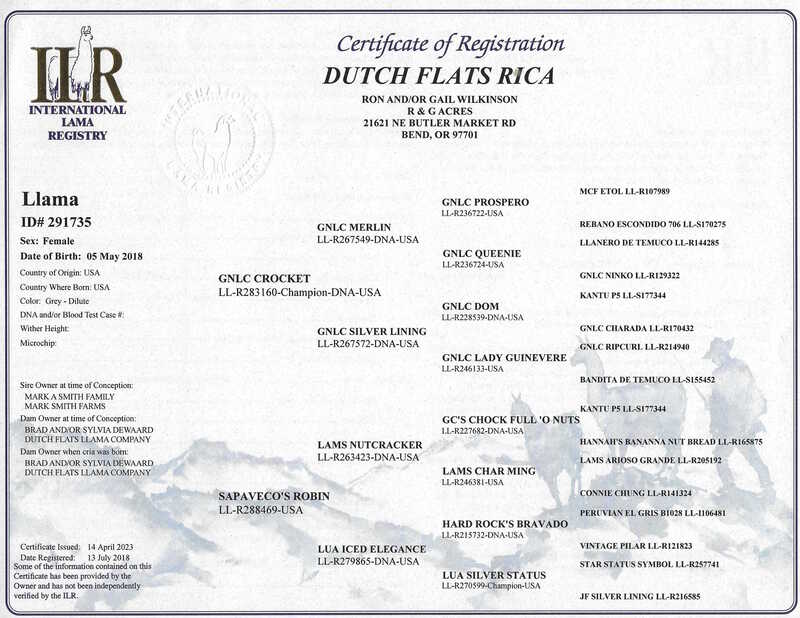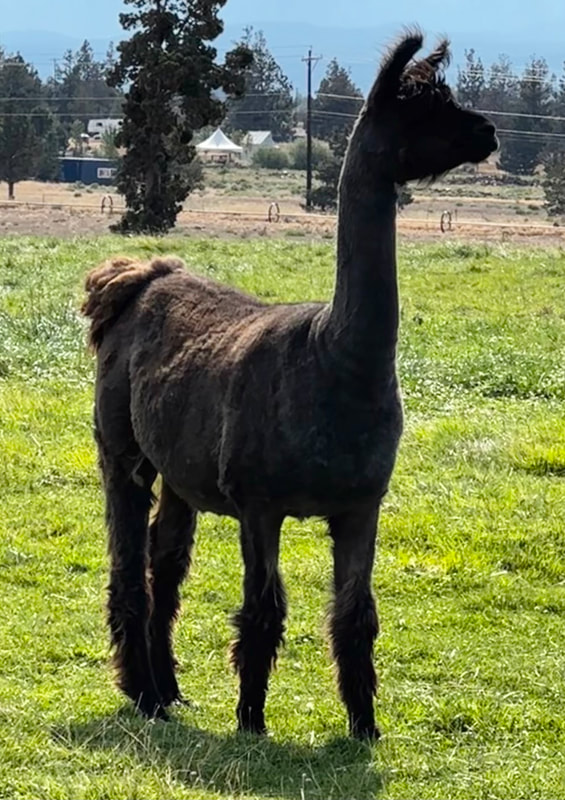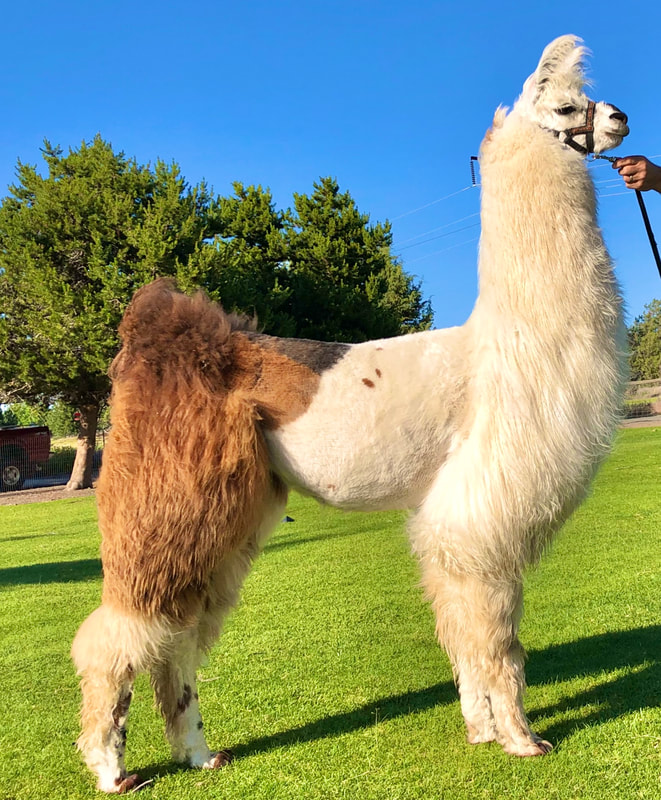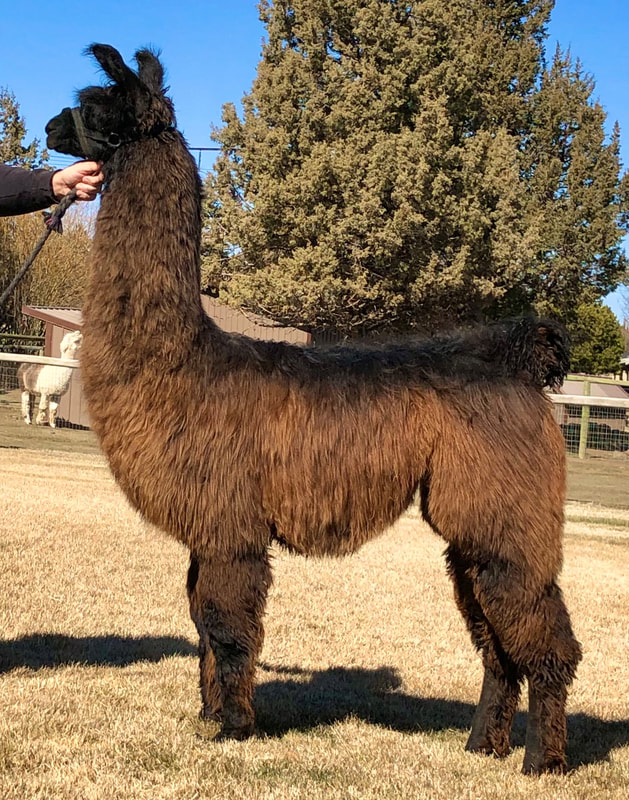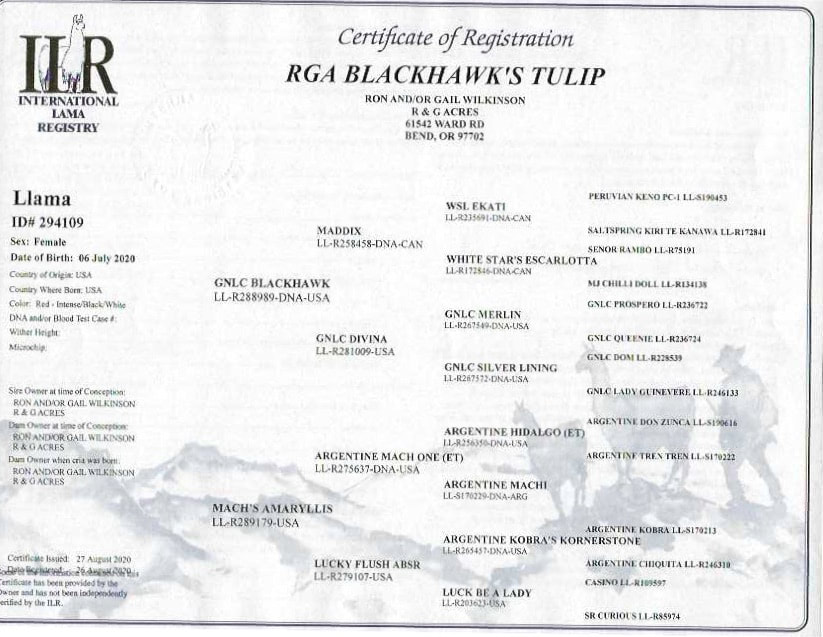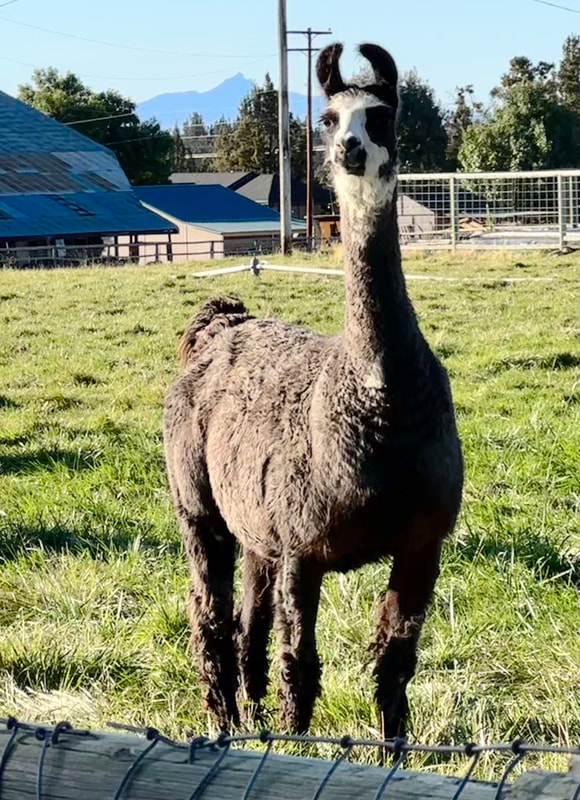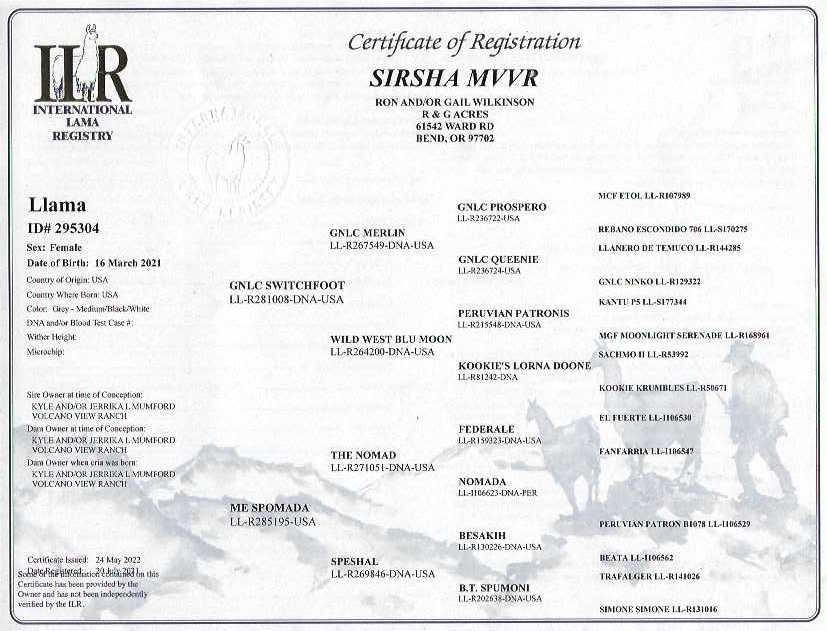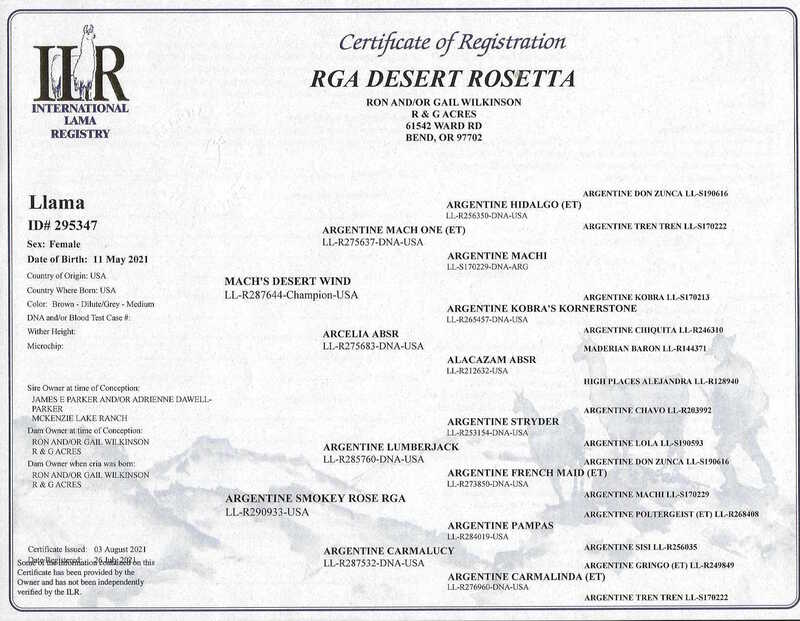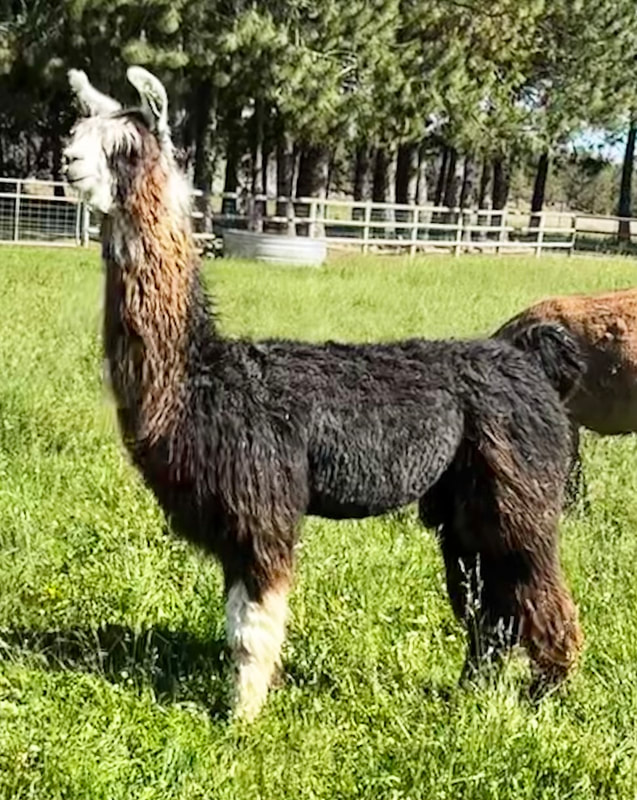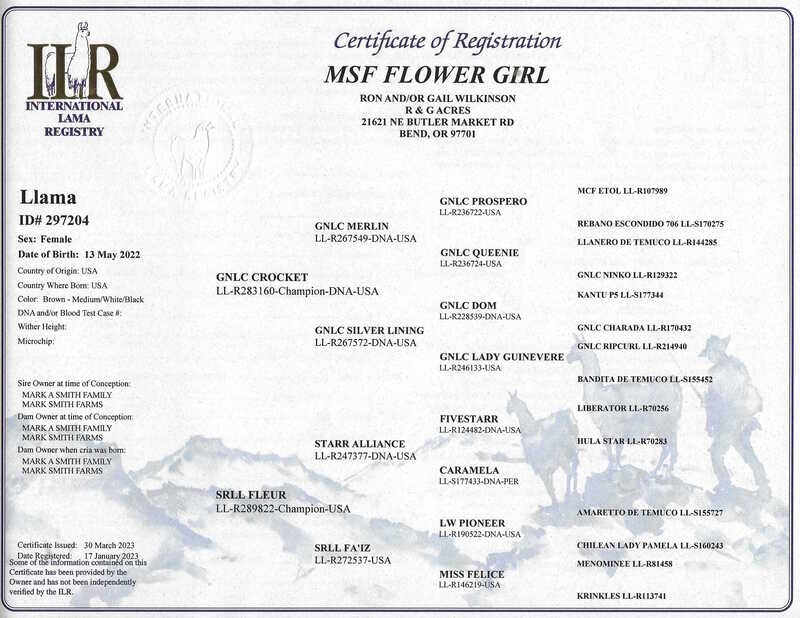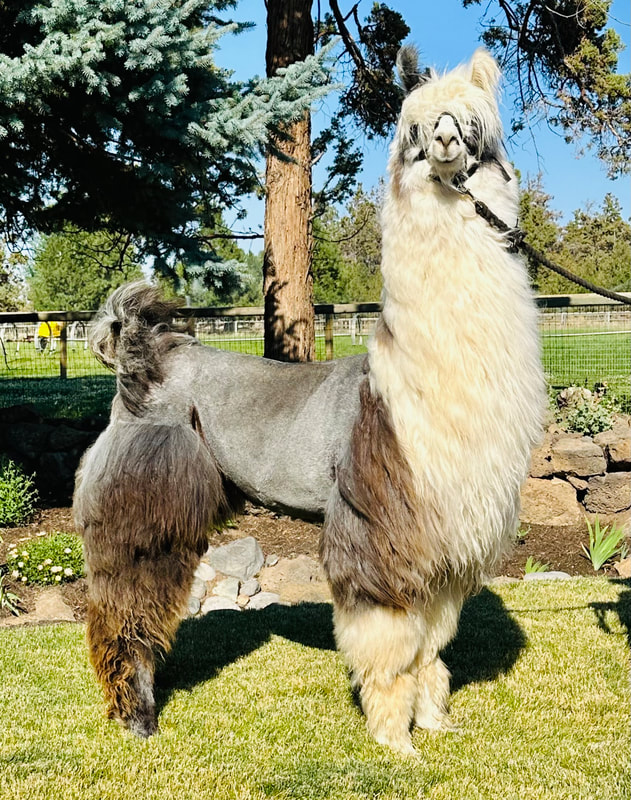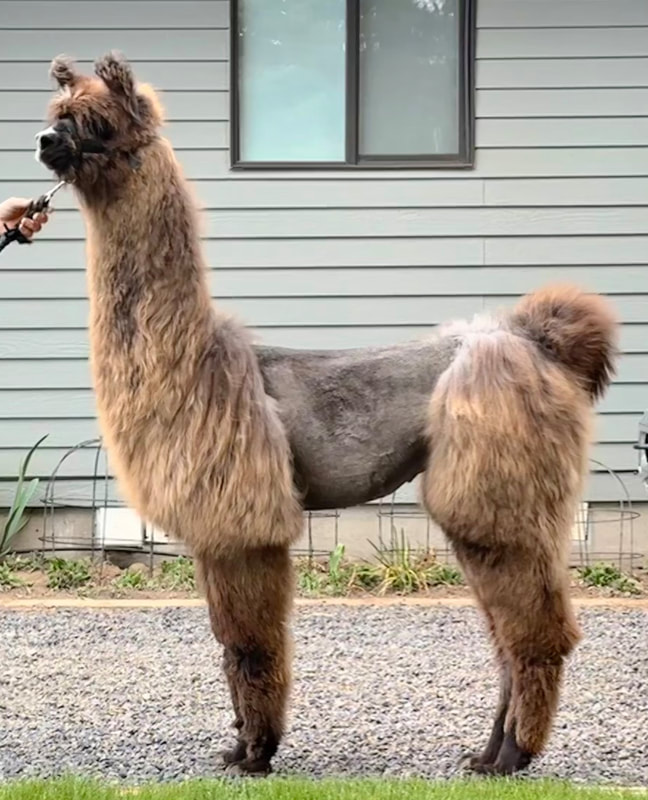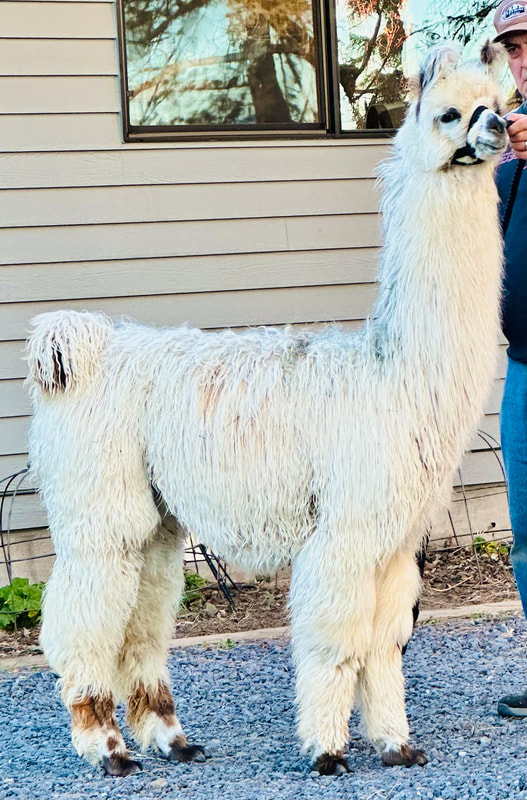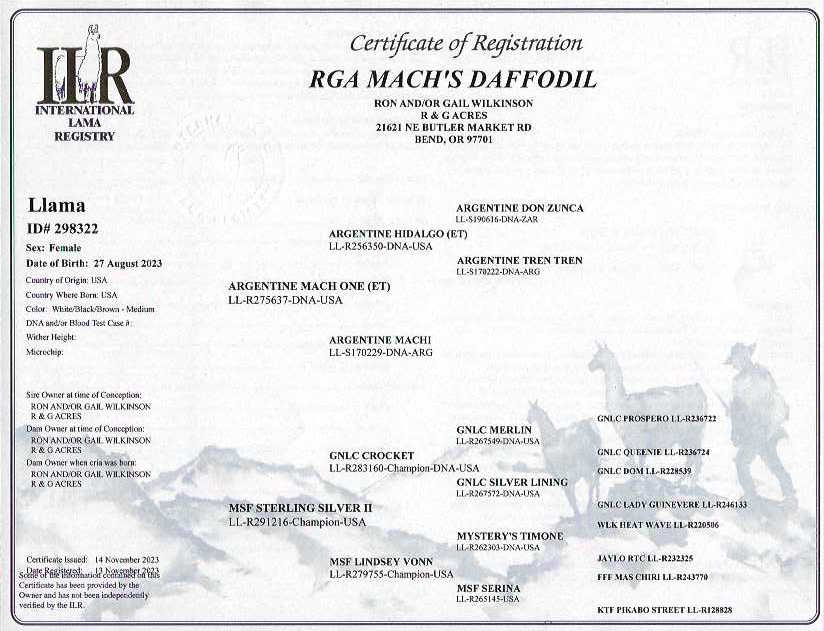Click on photos for more information and to enlarge.
The Argentine Llama Story
By the mid 1990's Paul & Sally Taylor, llama pioneers from Montana, were convinced that their search for the "perfect llama" was nearing fruition. They had already successfully imported a group of robust, fine fibered llamas from Chile, which they called the Rebano Escondidos. During that search they had often asked where these animals originated. The locals would point across the border towards the rugged mountains of Argentina and tell stories about the carefully managed herds of llamas with strong bodies, fine wool, and very few genetic defects.
That led them to two treacherous expeditions into the Catamara and Salta provinces of Argentina. The Argentine campesinos brought herd after herd of llamas for their inspection. Less than 1 out of every 100 llamas met the incredibly high standards the Taylors placed on selection. Tricky and complex USDA import restrictions and quarantine rules made importation difficult and very expensive. Animals had to first be transferred to Temuco, Chile and initially only the offspring could be imported to the USA. Finally, the best of the original animals were allowed to come too.
These original animals have had a huge impact on the USA llama gene pool. While numbers of full Argentine llamas remain relatively small, many breeders have chosen to add Argentine influence to their breeding program. Many believe the role of these special animals in increasing fiber density, coverage, and quality is the key to the North American llama fiber industry.
The Argentine llamas selected by the Taylors have a distinct look, showing robust build, heavy bone, fine dense fiber, and sweet dispositions. You can learn more about Argentines by visiting the website: http://argentinellamas.com
By the mid 1990's Paul & Sally Taylor, llama pioneers from Montana, were convinced that their search for the "perfect llama" was nearing fruition. They had already successfully imported a group of robust, fine fibered llamas from Chile, which they called the Rebano Escondidos. During that search they had often asked where these animals originated. The locals would point across the border towards the rugged mountains of Argentina and tell stories about the carefully managed herds of llamas with strong bodies, fine wool, and very few genetic defects.
That led them to two treacherous expeditions into the Catamara and Salta provinces of Argentina. The Argentine campesinos brought herd after herd of llamas for their inspection. Less than 1 out of every 100 llamas met the incredibly high standards the Taylors placed on selection. Tricky and complex USDA import restrictions and quarantine rules made importation difficult and very expensive. Animals had to first be transferred to Temuco, Chile and initially only the offspring could be imported to the USA. Finally, the best of the original animals were allowed to come too.
These original animals have had a huge impact on the USA llama gene pool. While numbers of full Argentine llamas remain relatively small, many breeders have chosen to add Argentine influence to their breeding program. Many believe the role of these special animals in increasing fiber density, coverage, and quality is the key to the North American llama fiber industry.
The Argentine llamas selected by the Taylors have a distinct look, showing robust build, heavy bone, fine dense fiber, and sweet dispositions. You can learn more about Argentines by visiting the website: http://argentinellamas.com








